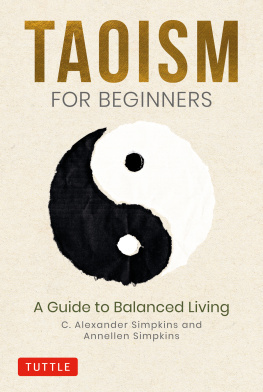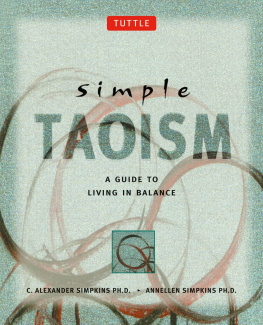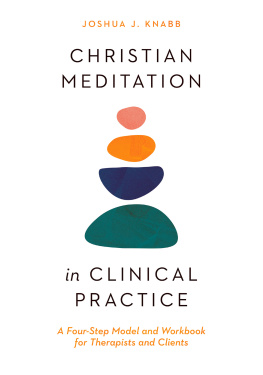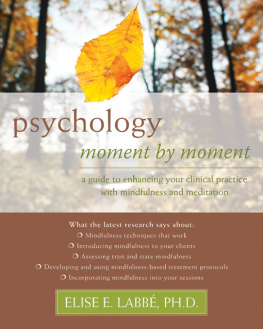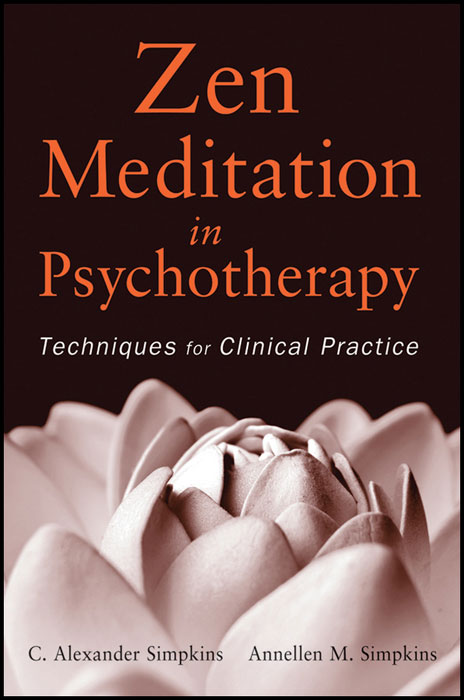This book is printed on acid-free paper.
Copyright 2012 by Annellen M. Simpkins and C. Alexander Simpkins. All rights reserved.
Published by John Wiley & Sons, Inc., Hoboken, New Jersey.
Published simultaneously in Canada.
No part of this publication may be reproduced, stored in a retrieval system, or transmitted in any form or by any means, electronic, mechanical, photocopying, recording, scanning, or otherwise, except as permitted under Section 107 or 108 of the 1976 United States Copyright Act, without either the prior written permission of the Publisher, or authorization through payment of the appropriate per-copy fee to the Copyright Clearance Center, Inc., 222 Rosewood Drive, Danvers, MA 01923, (978) 750-8400, fax (978) 646-8600, or on the Web at www.copyright.com . Requests to the Publisher for permission should be addressed to the Permissions Department, John Wiley & Sons, Inc., 111 River Street, Hoboken, NJ 07030, (201) 748-6011, fax (201) 748-6008.
Limit of Liability/Disclaimer of Warranty: While the publisher and author have used their best efforts in preparing this book, they make no representations or warranties with respect to the accuracy or completeness of the contents of this book and specifically disclaim any implied warranties of merchantability or fitness for a particular purpose. No warranty may be created or extended by sales representatives or written sales materials. The advice and strategies contained herein may not be suitable for your situation. You should consult with a professional where appropriate. Neither the publisher nor author shall be liable for any loss of profit or any other commercial damages, including but not limited to special, incidental, consequential, or other damages.
This publication is designed to provide accurate and authoritative information in regard to the subject matter covered. It is sold with the understanding that the publisher is not engaged in rendering professional services. If legal, accounting, medical, psychological, or any other expert assistance is required, the services of a competent professional person should be sought.
The contents of this work are intended to further general scientific research, understanding, and discussion only and are not intended and should not be relied upon as recommending or promoting a specific method, diagnosis, or treatment by physicians for any particular patient. The publisher and the author make no representations or warranties with respect to the accuracy or completeness of the contents of this work and specifically disclaim all warranties, including without limitation any implied warranties of fitness for a particular purpose. In view of ongoing research, equipment modifications, changes in governmental regulations, and the constant flow of information relating to the use of medicines, equipment, and devices, the reader is urged to review and evaluate the information provided in the package insert or instructions for each medicine, equipment, or device for, among other things, any changes in the instructions or indication of usage and for added warnings and precautions. Readers should consult with a specialist where appropriate. The fact that an organization or Web site is referred to in this work as a citation and/or a potential source of further information does not mean that the author or the publisher endorses the information the organization or Web site may provide or recommendations it may make. Further, readers should be aware that Internet Web sites listed in this work may have changed or disappeared between when this work was written and when it is read. No warranty may be created or extended by any promotional statements for this work. Neither the publisher nor the author shall be liable for any damages arising herefrom.
Designations used by companies to distinguish their products are often claimed as trademarks. In all instances where John Wiley & Sons, Inc. is aware of a claim, the product names appear in initial capital or all capital letters. Readers, however, should contact the appropriate companies for more complete information regarding trademarks and registration.
For general information on our other products and services please contact our Customer Care Department within the U.S. at (800) 762-2974, outside the United States at (317) 572-3993 or fax (317) 572-4002.
Wiley also publishes its books in a variety of electronic formats. Some content that appears in print may not be available in electronic books. For more information about Wiley products, visit our website at www.wiley.com .
Library of Congress Cataloging-in-Publication Data:
Simpkins, C. Alexander.
Zen meditation in psychotherapy : techniques for clinical practice / C. Alexander Simpkins and Annellen Simpkins.
p. ; cm.
Includes bibliographical references and indexes.
ISBNs 978-0-470-94826-2; 978-1-118-15934-7; 978-1-118-15933-0; 978-1-118-15932-3; 978-1-118-15568-4
I. Simpkins, Annellen M. II. Title.
[DNLM: 1. Buddhismpsychology. 2. Meditationpsychology. 3. Mental Disorderspsychology. 4. Mental Disorderstherapy. 5. Psychotherapymethods. 6. Religion and Psychology. WM 425.5.R3]
LC classification not assigned
616.8914dc23
2011029118
We dedicate this book to all the unknown people who deserve a dedication and never receive one. We really appreciate you and all you do in the world.
Introduction
Although the sun and moon are shining brightly, the floating clouds cover them. Although the cluster of orchids flourish, the autumn wind wilts them. No matter how much evil arises, if we steadfastly practice meditation over many long years, the floating clouds will disappear, and the autumn wind will stop.
(Dogen, in Masunaga, 1971, p. 66)
Like the sun and moon shining brightly, each of us has the potential to be healthy. But problematic behaviors, thoughts, and feelings get in the way of expressing this positive potential. Psychological disorders are real and devastating, obscuring potential so completely that it seems like the autumn wind will never end. We have many helpful forms of therapy to deal with the problem level of disturbance by addressing troubling thoughts, behaviors, and feelings. These methods help people solve their problems, change faulty attitudes, and resolve emotional conflicts. Therapy has been shown to be effective (Frank & Frank, 1991), getting people out of problems to feel better and stop engaging in destructive behaviors.
So, why do we need meditation? Recent research has shown that meditation can sharpen awareness, regulate emotions, and promote deep relaxation and calm. We need it because the entire course of therapy unfolds more easily as clients gain invaluable skills. Resistance is bypassed through bottom-up processing that activates the natural instincts for healing. The stress reaction is quieted while maintaining alert attention to help meet needs more fully. Impulses are moderated as people become aware and in touch. And with the freedom gained from meditation's clear perception, moods, fears, addictions, and anxieties lose their suffocating grip. The mind, brain, and body function optimally, paving the way for recovery.
But beyond just resolving problems, meditation brings wisdom. People wake up to living in the present moment. They find satisfaction in whatever they do. Life becomes an art that can be lived fully. Enlightenment is wisdom's fulfillment.
ABOUT THIS BOOK
Zen Meditation in Psychotherapy teaches meditation and shows how to work with it as a therapeutic tool. With the awareness meditation fosters, people can do what they need and express themselves as they truly are, beyond psychological disturbance and problems, fully and uniquely.



